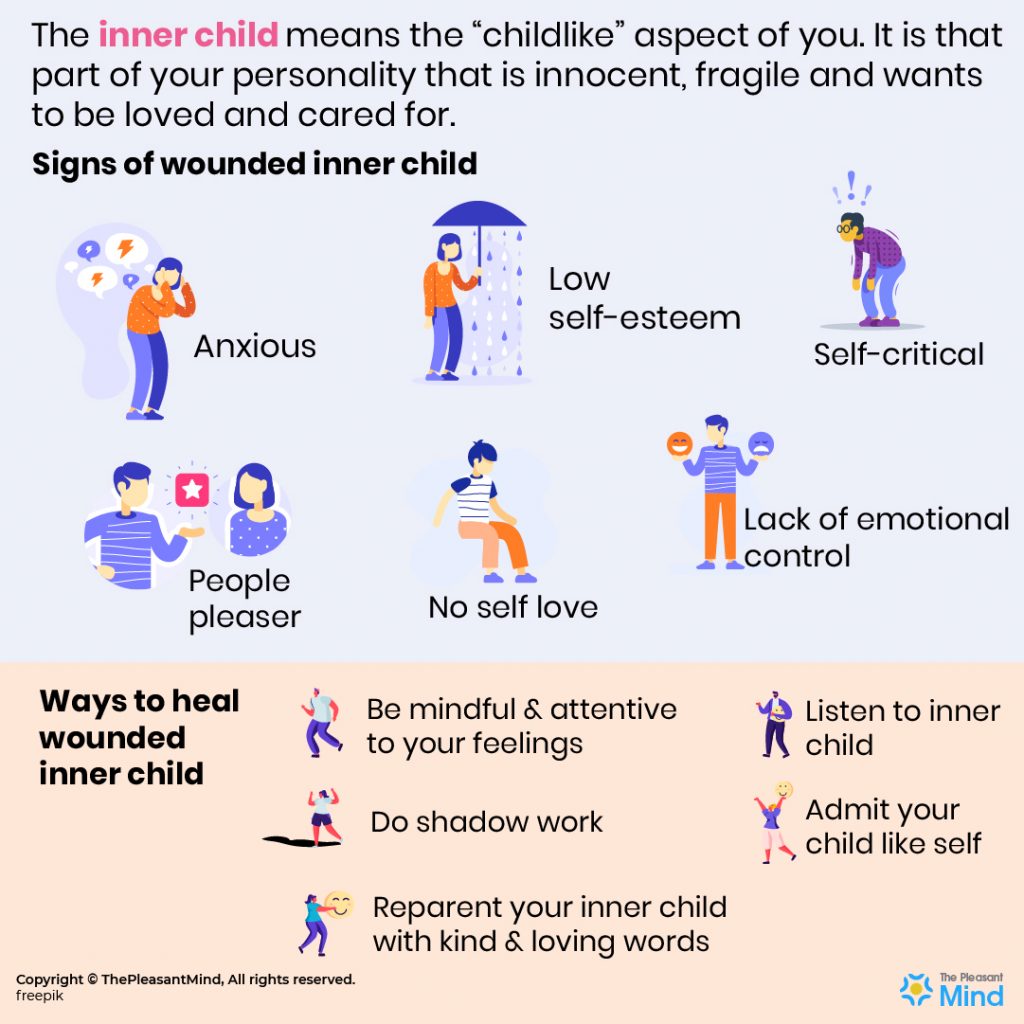Healing the Inner Child: Embracing Self-Compassion and Inner Nurturing
Today's article introduces the concept of the inner child in the context of Post-Traumatic Stress Disorder (C-PTSD) recovery. By exploring techniques for nurturing and healing the wounded aspects of the self, it aims to provide readers with practical strategies for embracing self-compassion and fostering inner healing.
 |
| The inner child concept was first proposed by psychologist Carl Jung (📷 unimelb) |
Understanding the Inner Child
The concept of the inner child refers to the part of our psyche that retains feelings, memories, and experiences from childhood. In individuals with C-PTSD, the inner child often carries the burden of trauma, unresolved pain, and unmet emotional needs. Healing the inner child is a crucial aspect of recovery, as it allows individuals to address the deep-seated wounds that continue to influence their present lives.
The Role of the Inner Child in C-PTSD
C-PTSD often stems from prolonged exposure to traumatic situations, particularly during formative years. The inner child in those affected by C-PTSD may feel abandoned, neglected, or invalidated, leading to persistent feelings of shame, fear, and unworthiness. By recognising and nurturing the inner child, individuals can begin to heal these deep emotional scars and build a healthier relationship with themselves.
 |
| (📷 thepleasantmind) |
Techniques for Nurturing the Inner Child
Self-Compassion:
Self-compassion involves treating oneself with the same kindness, understanding, and care that one would offer to a dear friend. For those with C-PTSD, practicing self-compassion means acknowledging the pain and suffering of the inner child without judgment. Techniques such as loving-kindness meditation and self-affirmations can help cultivate a compassionate attitude towards oneself.
Inner Child Visualisation:
Visualisation exercises can be powerful tools for connecting with and nurturing the inner child. This practice involves visualising oneself as a child and offering love, reassurance, and protection. Guided meditations and journaling prompts can facilitate this process, allowing individuals to create a safe and supportive inner environment for their younger selves.
Creative Expression:
Engaging in creative activities such as drawing, painting, or writing can provide a therapeutic outlet for expressing and processing the emotions of the inner child. These activities allow individuals to give voice to their inner experiences, promoting healing and emotional release.
Therapeutic Support:
Working with a therapist who specialises in trauma and C-PTSD can provide invaluable support in the journey of healing the inner child. Therapies such as Inner Child Work, EMDR (Eye Movement Desensitization and Reprocessing), and somatic experiencing can help individuals process traumatic memories and develop healthier coping mechanisms.
Cultivating a Nurturing Environment
Creating a nurturing environment in one's daily life is essential for supporting the healing of the inner child. This includes setting healthy boundaries, practicing self-care, and fostering supportive relationships. By prioritising emotional well-being and creating a safe space for the inner child to thrive, individuals can enhance their overall recovery process.
 |
| By recognising and nurturing the inner child, individuals can begin to heal (📷 dreamcatcherreality) |
Healing the inner child is a transformative journey that requires patience, commitment, and self-compassion. By embracing and nurturing the wounded aspects of the self, individuals with C-PTSD can reclaim their sense of worthiness and build a foundation of resilience and inner strength. Remember, healing is a journey, and each step towards self-compassion brings you closer to a brighter and more empowered future. And remember, if you or someone you know is struggling or in crisis, help is available.
⭐⭐⭐


